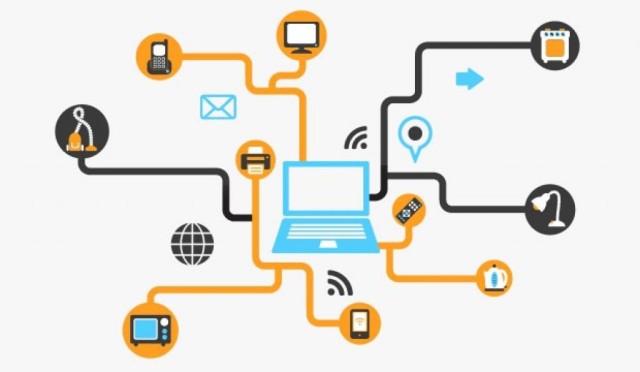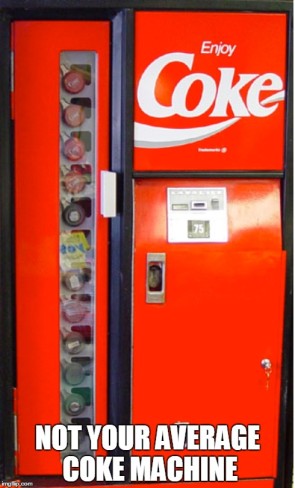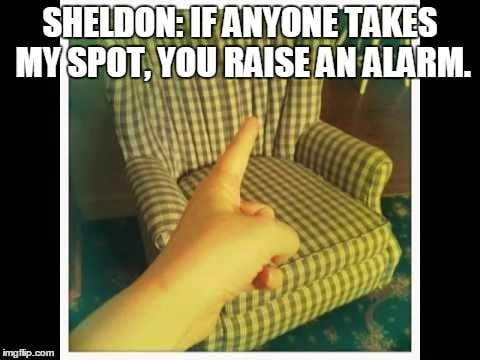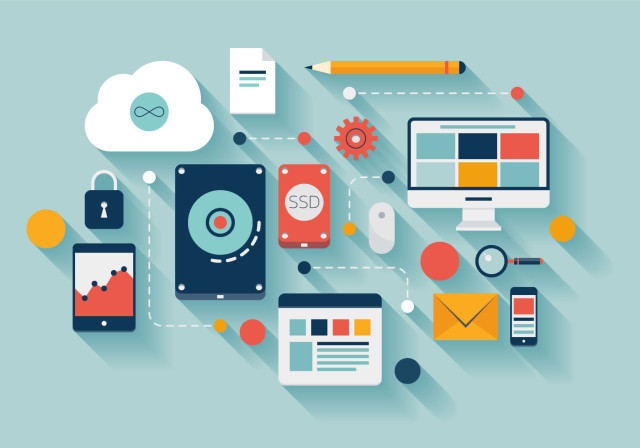
What’s the one thing that advances faster than you can pronounce its name ? Not Voldemort, it’s technology. In the age of Nokia and Motorola’s sturdy handsets, no one could imagine touch screens. Then Google changed the scenario with Android (launched in November 2007), that brought about the smartphone boom. In 7 short years, we’ve reached a point where no one can function without their phones. Your daily schedule, music, pictures, connectivity, you’re holding it all in your palm. Most of you would even be reading this article on your phones. Now that everyone, right from your grandfather to any 5 year old can operate a smartphone, there seems to be a lull. But it’s just the calm before technology blows you away with its next best thing. What is it, you ask ? Read on.

What is The Internet of Things?
You know how internet has created a global system of interconnected computer networks that use IP addresses to link several billion devices worldwide. Simply speaking, it has enabled any two computers in the world to communicate and share information. Now if just linking our computers and phones over a network has eased our lives so much (think emails, Cloud(eg Dropbox), file sharing), what would happen if we linked our television, fridge, door, phone to a network ? That’s the Internet of Things. It connects everything to everything else. The physical world meets the web.

What are These Things ?
It could be people, animals, your furniture, car, water tanker, literally anything. All these things can be assigned a unique internet address to convert them into smart-objects. With the new IPv6 protocol, we will have some 35*10^37 possible internet addresses. That’s hundred for every atom on the face of Earth. These objects can then be fixed with sensors such as temperature, pressure, light etc. The actions of these objects can thus be controlled by the results returned by these sensors, to help us make better, informed decisions.
Infinite Applications and More:
The applications of IoT are endless. The concept of a network of smart devices was discussed as early as 1982, with a modified Coke machine at Carnegie Mellon University becoming the first internet connected appliance, able to report its inventory and whether newly loaded drinks were cold.

Imagine if you received a text saying your morning class was cancelled while you were sleeping, your phone would calculate the traffic density on your route for the new time, convey a new waking up time to your alarm and instruct the toaster to switch on 5 minutes after you switch off your alarm. Similarly if your car senses that you are low on fuel, it can guide you to the nearest pump while rerouting to make up for the time spent in refueling your car.

Your fridge can tell you which all items are beyond their use date. When you lock your main door, the lights turn off themselves. Everything takes care of itself. Technological limitations are receding; we need only imagine something to make it a reality.

Overwhelmed ? Hear the stats:
IoT industry is projected to be worth a staggering $8.9 trillion industry by 2020 and that it would connect over 200 billion things. The Valley giants are taking notice. In Jan 2014, Google announced that they were purchasing Nest, a maker of home automation sensor devices, which can be controlled by a mobile app. Apple is also pursuing opportunities in the connected devices market with their iBeacon geofencing technology. It has joined hands with InvenSense for motion tracking in the iPhone 6 lineup.
This info-graphic might convince you of this beast’s future.

Kevin Ashton, cofounder and executive director of the Auto-ID Center at MIT, first mentioned the Internet of Things in a presentation he made to Procter & Gamble. Here’s how Ashton explains the potential of the Internet of Things:
“Today computers — and, therefore, the Internet — are almost wholly dependent on human beings for information. Nearly all of the roughly 50 petabytes (a petabyte is 1,024 terabytes) of data available on the Internet were first captured and created by human beings by typing, pressing a record button, taking a digital picture or scanning a bar code.
The problem is, people have limited time, attention and accuracy — all of which means they are not very good at capturing data about things in the real world. If we had computers that knew everything there was to know about things — using data they gathered without any help from us — we would be able to track and count everything and greatly reduce waste, loss and cost. We would know when things needed replacing, repairing or recalling and whether they were fresh or past their best.”
Watch Dr. John Barrett break down Internet of Things in his TED talk:
The Internet of Things is the vision for the future, and it is here, it’s being built now. It won’t be long before you can ask Google to find your keys. Embrace yourselves, Back To The Future isn’t far off. Hope you’d make the most of this technology.
By- Navni Bhatia































